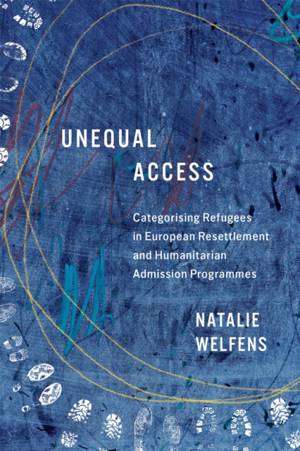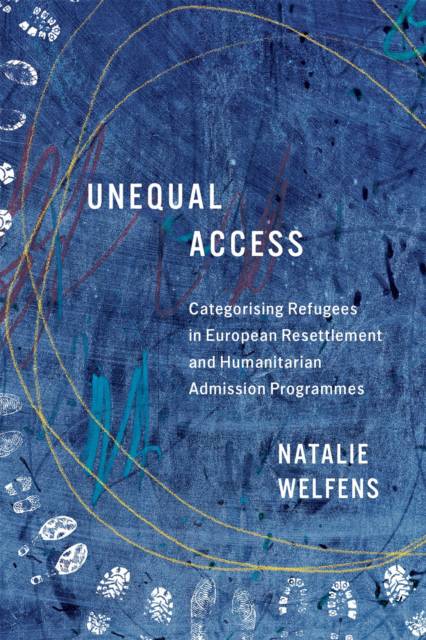
- Afhalen na 1 uur in een winkel met voorraad
- Gratis thuislevering in België vanaf € 30
- Ruim aanbod met 7 miljoen producten
- Afhalen na 1 uur in een winkel met voorraad
- Gratis thuislevering in België vanaf € 30
- Ruim aanbod met 7 miljoen producten
Zoeken
Unequal Access
Categorising Refugees in European Resettlement and Humanitarian Admission Programmes Volume 19
Natalie Welfens
€ 60,95
+ 121 punten
Omschrijving
As European states tighten their borders, refugees are regularly forced to take costly and highly dangerous routes to seek protection, sometimes with fatal consequences. The resettlement and humanitarian admission programmes that remain allow only a small number of migrants to enter directly from first countries of refuge. With less than 1 per cent of the world's refugees resettled, such programs are extremely limited, forcing admission states and other actors to prioritize some groups and individuals over others. Unequal Access analyzes these dynamics and the complex boundaries of inclusion and exclusion they produce. Focusing on Europe and programs admitting people to Germany from Lebanon and Turkey, Natalie Welfens explores multilevel policy developments, from the national to the global. She follows the admission chain - from policy formulation, via refugee selection and pre-departure preparations, to refugee reception - and illustrates how policy categories transform based on intersecting social markers such as nationality, gender, and age. Unequal Access reveals the inequalities embedded in the categorization practices of resettlement and humanitarian admission programs, demonstrating how these practices profoundly shape access to protection for refugees.
Specificaties
Betrokkenen
- Auteur(s):
- Uitgeverij:
Inhoud
- Aantal bladzijden:
- 282
- Taal:
- Engels
- Reeks:
Eigenschappen
- Productcode (EAN):
- 9780228024606
- Verschijningsdatum:
- 15/07/2025
- Uitvoering:
- Paperback
- Formaat:
- Trade paperback (VS)
- Afmetingen:
- 150 mm x 229 mm
- Gewicht:
- 335 g

Alleen bij Standaard Boekhandel
+ 121 punten op je klantenkaart van Standaard Boekhandel
Beoordelingen
We publiceren alleen reviews die voldoen aan de voorwaarden voor reviews. Bekijk onze voorwaarden voor reviews.








